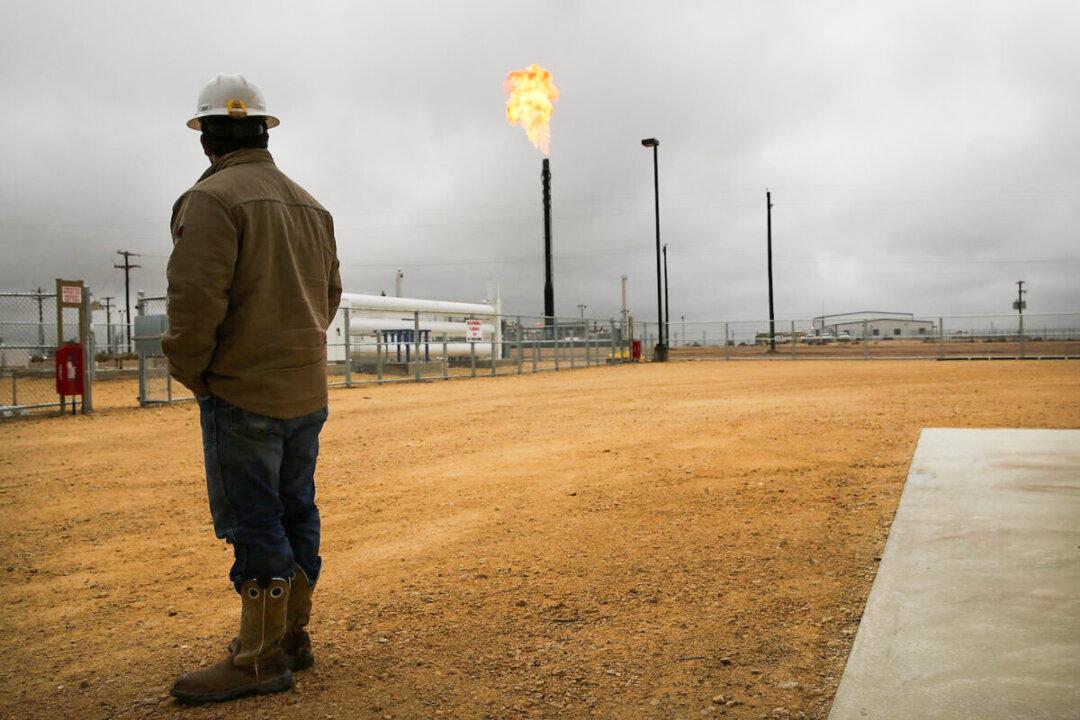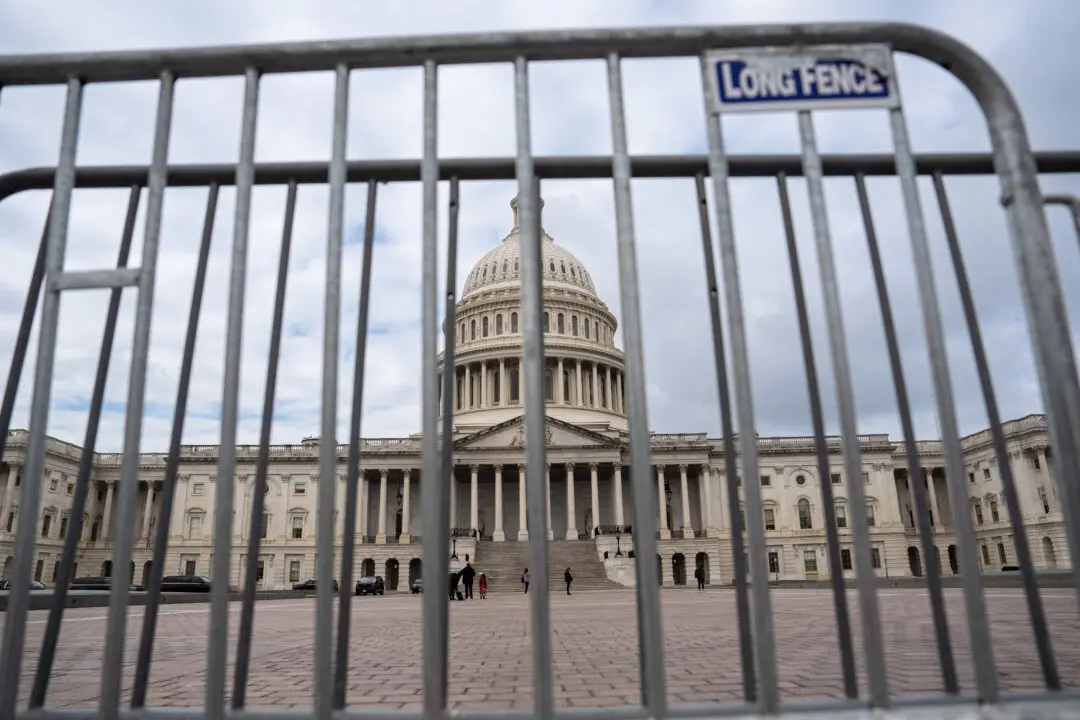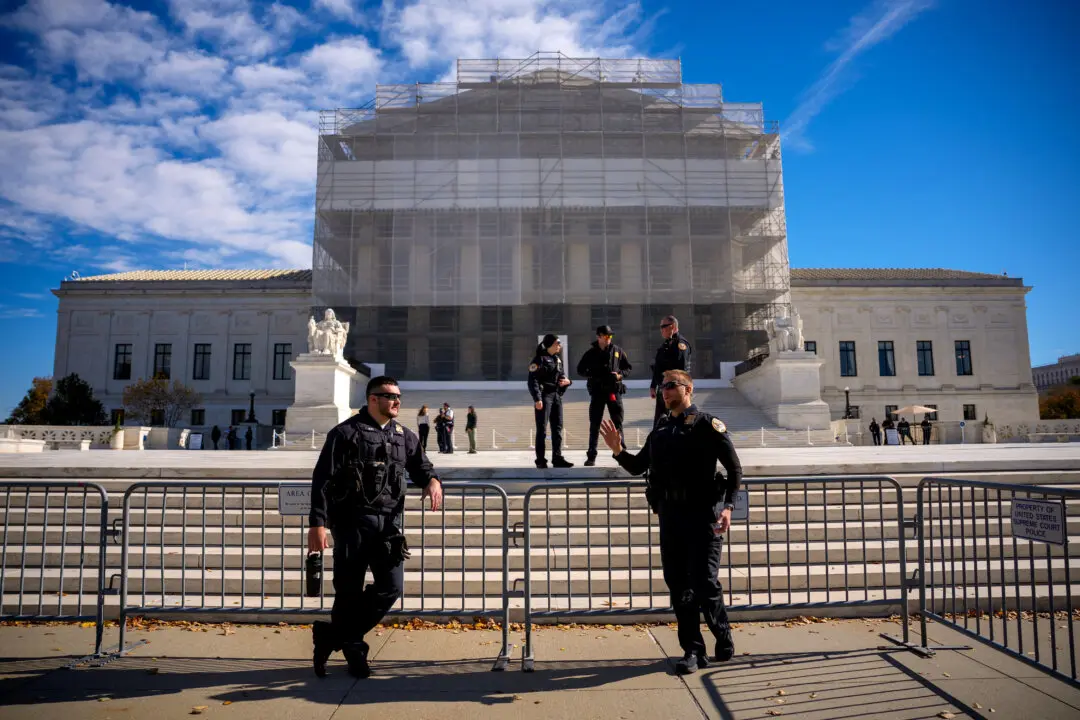Natural gas futures failed to hold early gains on Dec. 2 after the U.S. government reported a larger-than-expected supply withdrawal.
According to the U.S. Energy Information Administration (EIA), domestic natural gas inventories declined by 59 billion cubic feet in the week ending Nov. 26. That’s slightly larger than the median estimate of 57 billion cubic feet. Last week, the EIA reported a supply withdrawal of 21 billion cubic feet.





